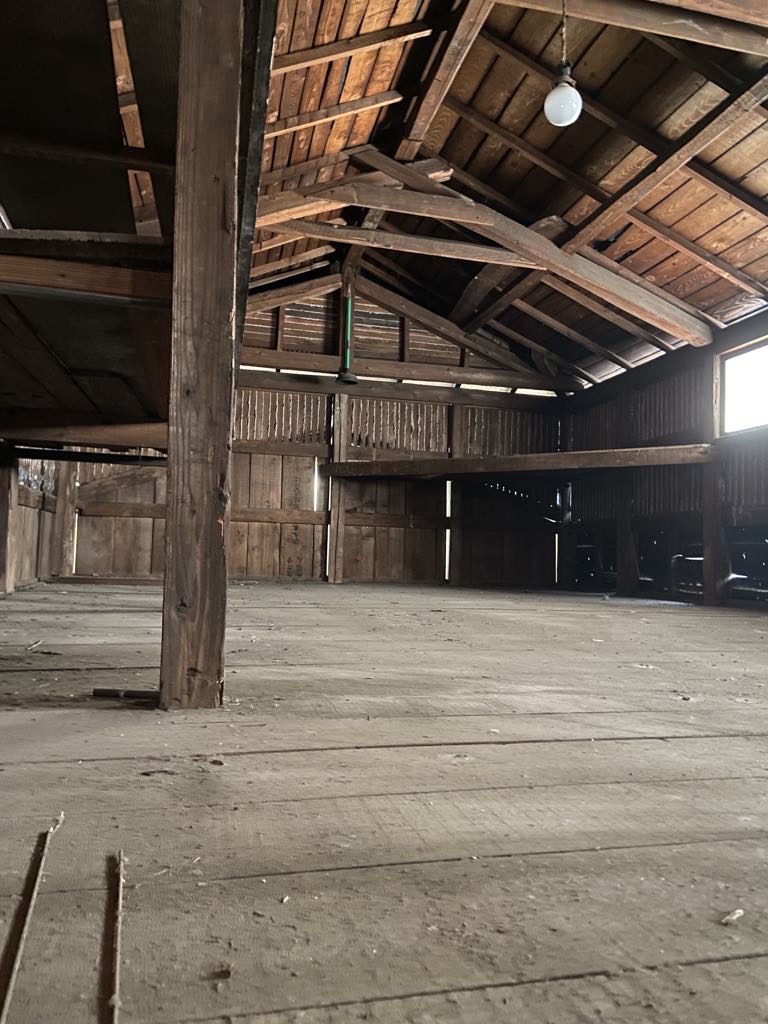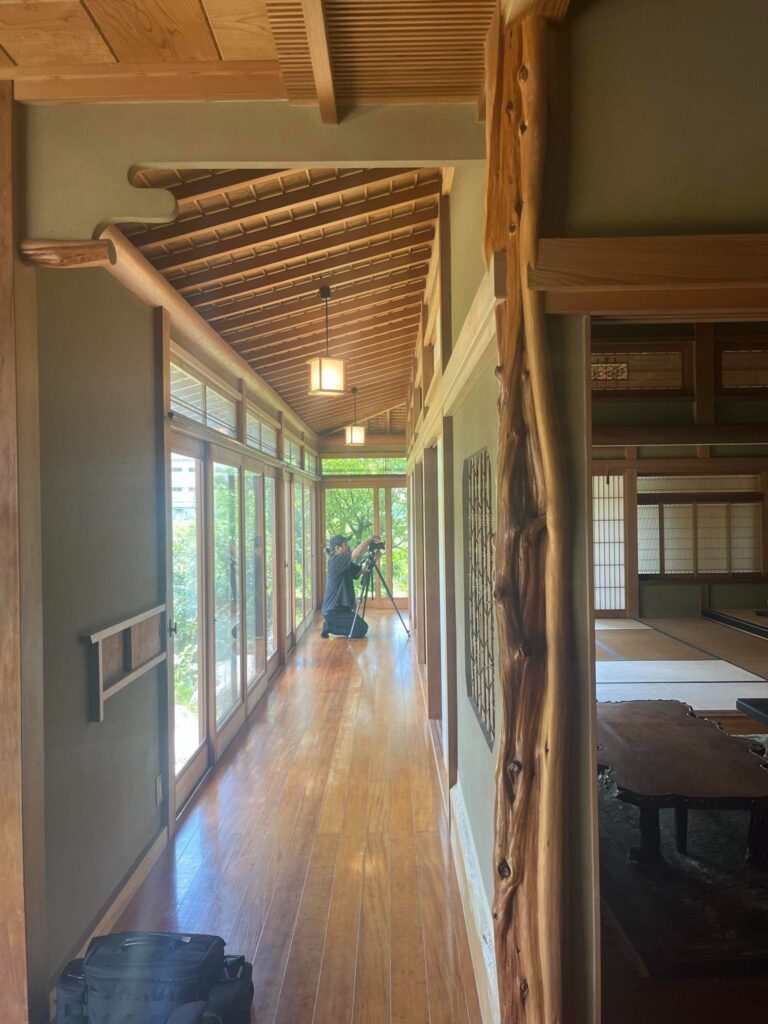

It’s been three months since I started writing articles for “Wano Manabi”.
Looking back, I realized again how few articles I have written, so from today, I decided to start writing more casual entries in the form of a blog.
I had an initial thought “Who would read this?” but I didn’t let that get to me. Since then, I decided it’s okay to write whatever I want.
Well, the Wano Manabi School, Wano Mori Yamakita, held its first workshop a month ago and has started its journey.
That being said, after my two-month stay in Japan, I returned to New Zealand, leaving the progress to my eldest daughter. My personal affairs don’t matter, but my daughter, who I thought would pursue graduate studies after graduating from university here, suddenly announced that she wanted to return to Japan to pursue her career as a web designer. As her parent, I couldn’t support her decision and had quite a battle over it.
In the end, at the beginning of this year, the situation took a sudden turn, and she decided to hone her professional skills while planning, managing, and running the Wano Manabi School. Thus, in early March, she left New Zealand, where she had lived for over ten years.
If it hadn’t been for the COVID-19 pandemic, she would have taken a completely different path. At the very least, the idea of returning to Japan wouldn’t have occurred to her. And I probably wouldn’t have considered having a base in Japan either. Of course, I wouldn’t be writing this here now.
Well, leaving that aside, It’s clear that the Wano Manabi School cannot be sustained by just workshops and seminars. The first workshop ended up costing us tens of thousands of yen, which made me realize that this isn’t sustainable. Wano Mori Yamakita is a Japanese-style residence with a Japanese garden. It has 19 pine trees, and maintaining the garden is challenging and costly. A large house also means high utility bills.
So, I thought about it. To do what I want, I need to create a financially sustainable model. But how?
Someone suggested renting out the space. However, renting it out as a workshop or classroom doesn’t seem to have much demand. I definitely don’t want it to become a party venue for young people.
After much thought, I came up with the idea of renting the space to businesses. I quickly sent out an email with the following content:
“Approximately an hour by car from the city center. A 3-minute walk from the JR station, located in Yamakita Town, Kanagawa Prefecture. With views of Mt. Fuji and surrounded by nature.
On a plot of about 1,000 square meters, there is a Japanese garden and a 29-year-old Japanese-style residence, which cost over a billion yen to build. It’s a work of art by master carpenters. Additionally, within the grounds, there is a warehouse that is believed to be over 100 years old, with the silkworm rooms from that time still intact.
We hope you will make use of this luxurious Japanese space, combining the Japanese garden, the Japanese-style residence, and the historic warehouse.”
I sent this email to about four companies. All of them replied immediately, and within a week, two company presidents visited in person, spending hours taking professional photos.
Soon, the Wano Manabi School will serve as a location and studio for photo shoots.
The second floor of the warehouse is in such a state that the floor seems like it could collapse if a few adults step on it, but one of the visitors saw its potential for photography. (For safety reasons, it will be off-limits for a while.) What might seem like nothing to us can be a treasure to others.
The wonderful craftsmanship of the Japanese-style residence built by master carpenters, an ordinary house from the good old days of Japan. The aim of conveying and sharing the beauty of Japanese culture remains unchanged. Once this starts running smoothly, I will think about the next steps.
The priority for workshops held at Wano Mori Yamakita will be postponed a bit, but we will endure it for a little while longer.
I plan to casually share my daily life through this blog while writing freely.